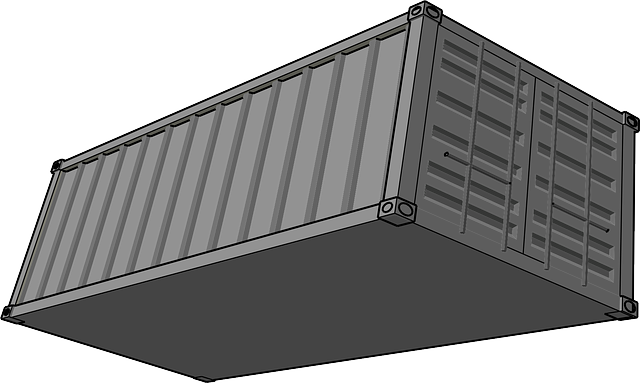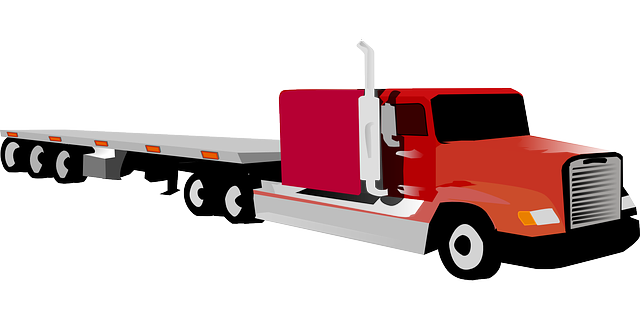Comprehensive fleet insurance is a vital risk management solution for businesses with multiple vehicles, offering broader protection than basic liability insurance. It safeguards against physical damage, accidents, natural disasters, theft, and more, helping business owners protect their fleet assets and mitigate financial risks. To secure optimal coverage, businesses must navigate complex policy options, balance risk and budget, and find insurers with flexible policies for diverse vehicle types. Personalized risk assessments, leveraging technology like telematics, and staying current on regulations are key to achieving tailored comprehensive fleet insurance plans that enhance safety and fleet efficiency. Real-world examples demonstrate its effectiveness in reducing downtime, costs, and accidents, fostering safer and more efficient operations.
In today’s complex operational landscape, businesses face challenges in securing adequate comprehensive fleet insurance. This article delves into the intricacies of this vital coverage, exploring common hurdles and practical strategies for acquisition. From understanding the concept of comprehensive fleet insurance to implementing successful real-world solutions, we provide insights to help organizations navigate and overcome barriers, ensuring optimal protection for their vehicles and drivers. Discover how proactive management can revolutionize fleet risk mitigation.
Understanding Comprehensive Fleet Insurance: Unraveling the Concept

Comprehensive fleet insurance is a type of coverage designed to protect businesses operating multiple vehicles from a wide range of risks and financial losses. Unlike basic liability insurance that covers only third-party damages, comprehensive fleet insurance offers more extensive protection, encompassing both physical damage to the insured vehicles and liability for any harm caused to others during operation. This includes coverage for accidents, natural disasters, theft, vandalism, and even mechanical failures.
Understanding what comprehensive fleet insurance entails is crucial for businesses aiming to manage risks effectively. By bundling various risk management solutions into one policy, it provides a practical and efficient way to protect valuable assets and mitigate potential financial burdens. This type of insurance allows business owners to focus on their core operations while ensuring that their fleet remains secure against unforeseen events.
Common Challenges in Acquiring Suitable Coverage

In the quest for suitable comprehensive fleet insurance, businesses often encounter several common challenges. One major hurdle is navigating the vast array of policy options available, each with its own set of terms and exclusions. This complexity can make it difficult to find a policy that aligns perfectly with specific operational needs, leading to gaps in coverage or unnecessary costs.
Additionally, ensuring practical coverage involves balancing risks and budget constraints. Businesses must consider not only their vehicles’ usage patterns but also the regulatory landscape within which they operate. Finding an insurer that offers flexible policies accommodating varying vehicle types, driving conditions, and business models can be a significant challenge. Moreover, staying updated on changing insurance regulations and industry best practices is essential to securing competitive rates without sacrificing comprehensive protection.
Strategies to Overcome Barriers and Secure Optimal Protection

To overcome barriers and secure optimal protection, businesses must adopt strategic approaches tailored to their unique needs. One key strategy involves personalized risk assessments that factor in vehicle type, usage patterns, and driver demographics. This comprehensive fleet insurance approach ensures targeted coverage, mitigating risks more effectively than one-size-fits-all policies. By understanding specific hazards, insurers can offer tailored solutions including specialized liability protections, comprehensive damage coverages, and advanced driver assistance systems (ADAS) discounts.
Additionally, leveraging technology enhances fleet management and risk mitigation. Telematics devices provide real-time data on vehicle performance, driver behavior, and location, enabling proactive safety measures. Integrating these insights with predictive analytics helps identify high-risk areas or drivers, allowing for proactive interventions and customized insurance plans. This tech-driven approach not only optimizes protection but also contributes to overall fleet efficiency and safety.
Real-World Examples: Success Stories of Comprehensive Fleet Insurance Implementation

In today’s diverse and dynamic business landscape, comprehensive fleet insurance stands as a linchpin for many companies, particularly those with extensive vehicle operations. Real-world examples illustrate its transformative impact. Consider a mid-sized logistics company that, despite having a relatively small fleet of 20 vehicles, faced significant challenges in managing risks. They implemented a tailored comprehensive fleet insurance program, encompassing not just liability but also coverage for mechanical breakdowns, natural disasters, and employee safety gear. This holistic approach resulted in reduced downtime, lower repair costs, and enhanced employee peace of mind.
Another success story involves a large transportation conglomerate with a vast network spanning across multiple states. They adopted a comprehensive fleet insurance strategy that integrated advanced telematics and driver behavior monitoring. This enabled them to minimize risks through proactive measures like driver training programs, fuel efficiency initiatives, and real-time vehicle maintenance alerts. The outcome was remarkable: a 20% reduction in accidents, a decrease in insurance claims by 15%, and an overall improvement in fleet safety and operational efficiency. These success stories underscore the value of comprehensive fleet insurance as a strategic tool for businesses seeking to mitigate risks, optimize operations, and foster a culture of safety.
In navigating the complex landscape of comprehensive fleet insurance, understanding the unique challenges businesses face is paramount. This article has explored these hurdles, from defining suitable coverage to implementing effective strategies. By recognizing and addressing these obstacles, organizations can unlock access to optimal protection tailored to their operations. Embracing comprehensive fleet insurance isn’t just a decision; it’s a step towards enhanced safety, risk mitigation, and long-term cost savings. Let these insights serve as guidance on the path to securing robust fleet coverage.
